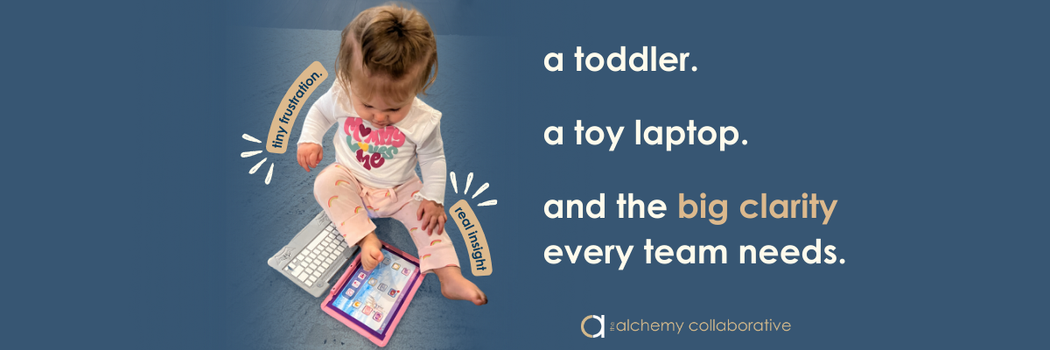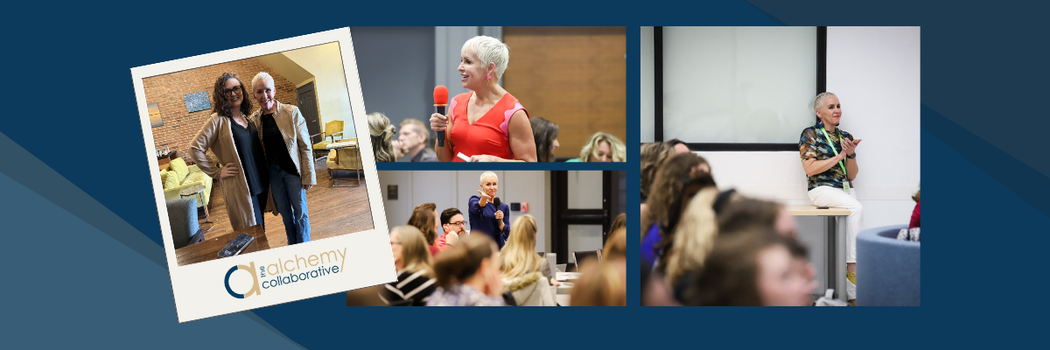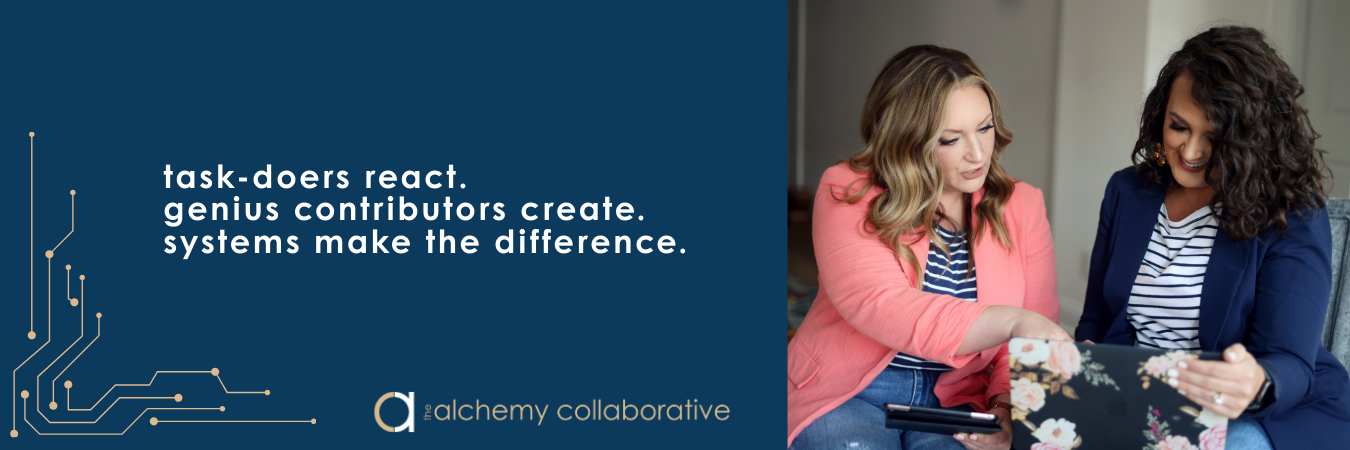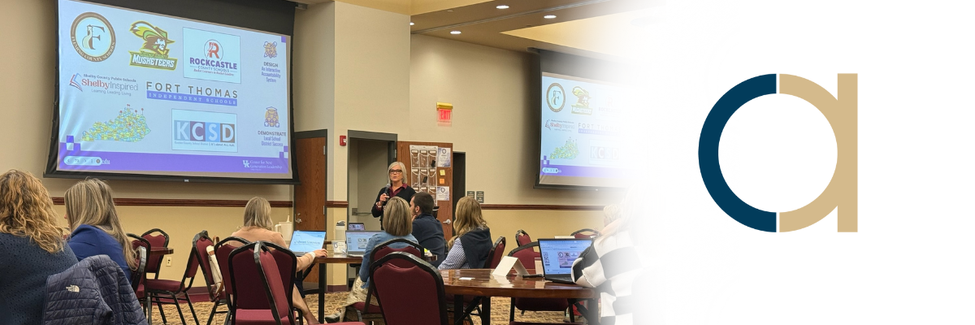Google made waves at ISTE with its AI-powered classroom assistant. Now that the buzz has faded, let’s talk about what really matters: How are districts communicating about it?
In June, Google made headlines at ISTE by announcing a suite of new features for Google Classroom—most notably, a built-in AI-powered tutor designed to help students complete assignments by chatting with an assistant trained on trusted academic sources.
It was a big moment for edtech. But it left many district leaders asking even bigger questions:
- What are the guidelines for use?
- Will this widen equity gaps or close them?
- How will we explain this to staff, students, and families before confusion or concern take root?
Because when new tools enter the classroom, they don’t arrive quietly. And they don’t just need IT support.
They need a communication strategy.
we waited on purpose.
You’ve seen the hot takes. The feature recaps. The LinkedIn debates.
At Alchemy, we chose to hold back, not because we missed the moment, but because we wanted to speak from reflection, not reaction. We’ve had time to analyze, to listen to district partners, and to think about what this really means for school systems in Kentucky and beyond.
Here’s what we know: This is a communication moment, not just a tech one.
Districts need infrastructure that helps them:
- Equip teachers with language and clarity, not just tools
- Communicate with families in ways that build trust, not fear
- Make room for student voice as AI evolves
- Tell the story of how innovation aligns with local values and learning goals
This is the work we’re called to do.
enter mosAic: a kentucky-grown model of AI done right
While many are still catching up, one Kentucky district has been quietly leading from the front.
The mosAIc initiative, led by Fleming County Schools and other district leaders in Kentucky, is a powerful example of AI integration grounded in opportunity, student voice, and community trust. It’s not just about what AI can do. It’s about how AI can amplify authentic learning and local accountability: if districts are intentional.
mosAIc is:
- Student-centered (students create, reflect, and apply learning with AI)
- Transparent (teachers and families are engaged in the “why,” not just the “how”)
- Human-first (the tech serves people, not the other way around)
We’re proud to be a storytelling and visibility partner in this work and we believe more districts should be watching Fleming closely.
communication is tech infrastructure
If your district is experimenting with AI or even just trying to explain the digital tools already in use, know this:
You don’t have to be experts in every platform.
But you do need systems that clarify, support, and align your message with your mission.
From the way you onboard teachers, to the way you announce new tools, to the trust you build with your families: communication is the through line.
At Alchemy, we help districts craft that through-line through:
- ⏳ Alchemy Access Hours ⏳ for hands-on strategy and support
- 🏗 The Foundation 🏗 for brand clarity that builds trust
- 💻 Design Lab and Gold Vault assets to make it all look and feel unified
let’s be ready: together.
AI is here to stay.
But the way you lead through it is what your community will remember.
Let’s build a communication strategy that keeps your district grounded, clear, and aligned, even as the tools evolve.








